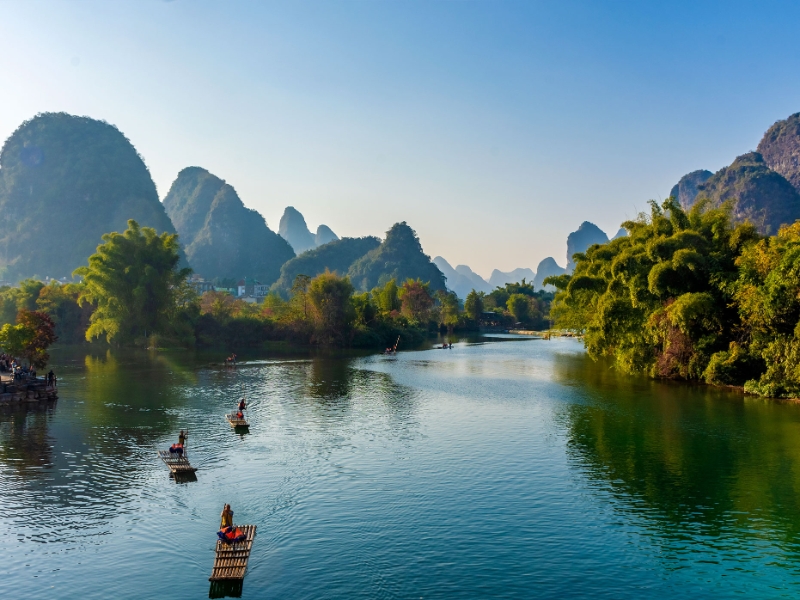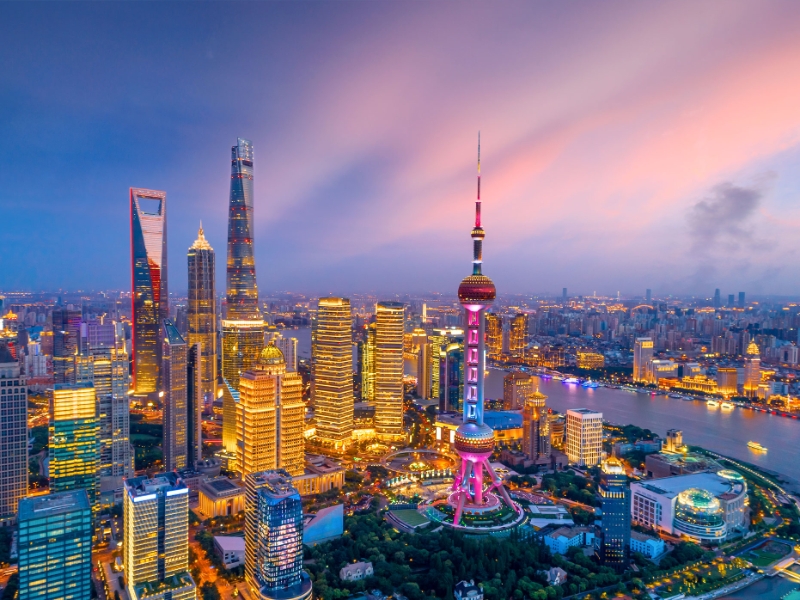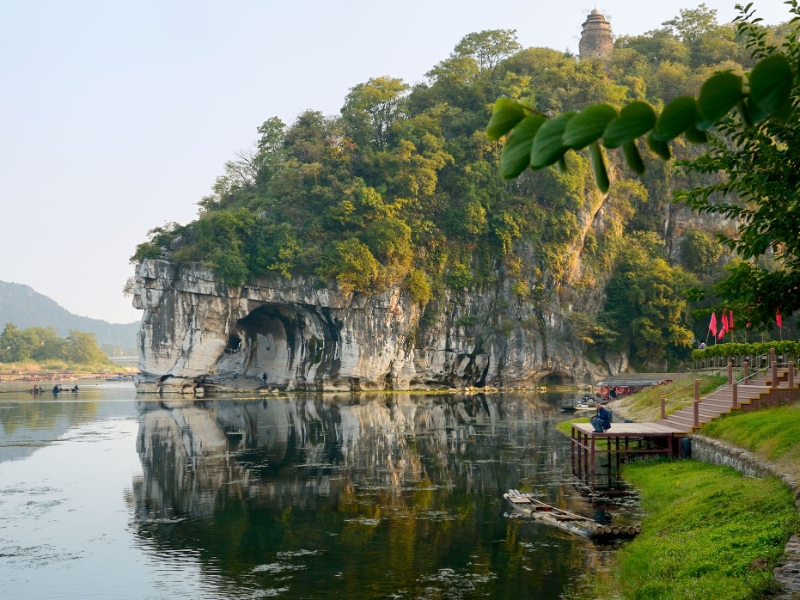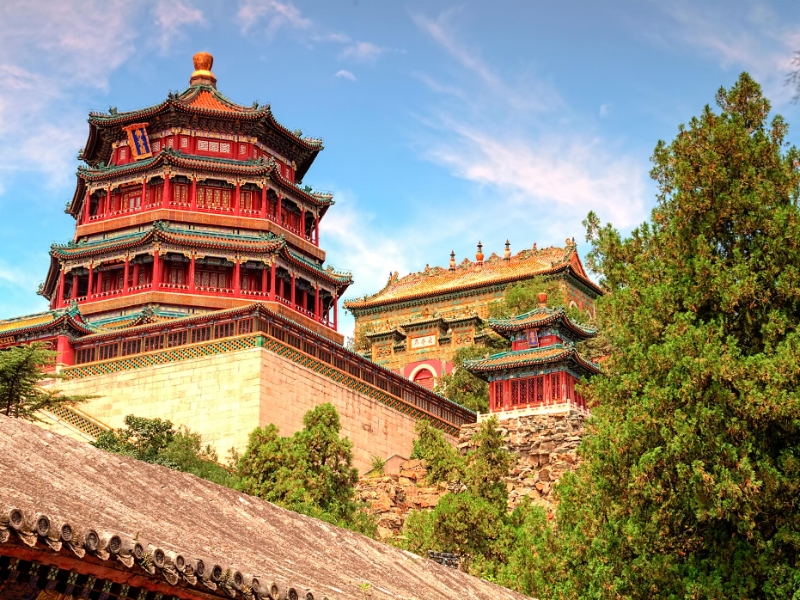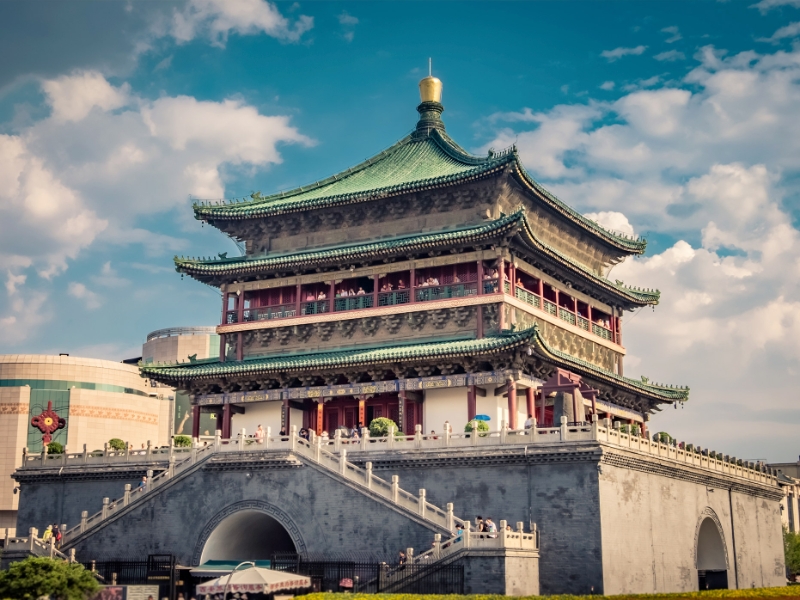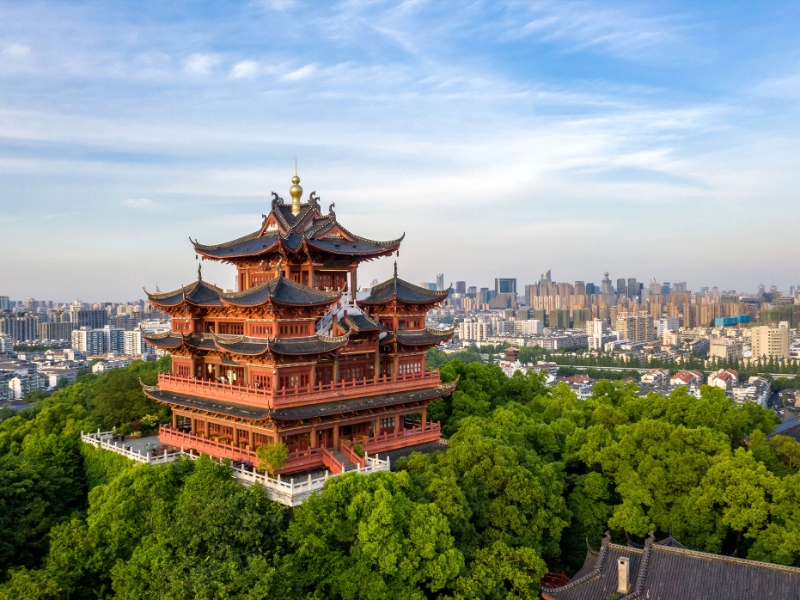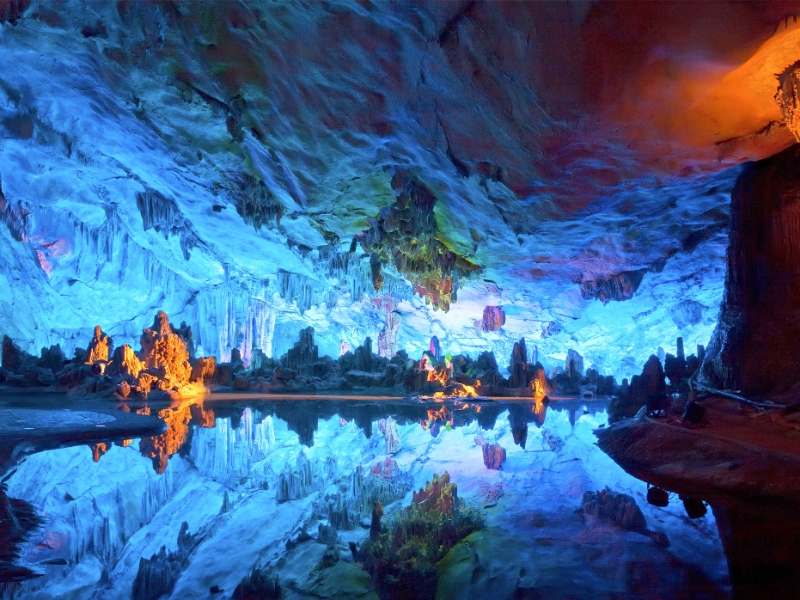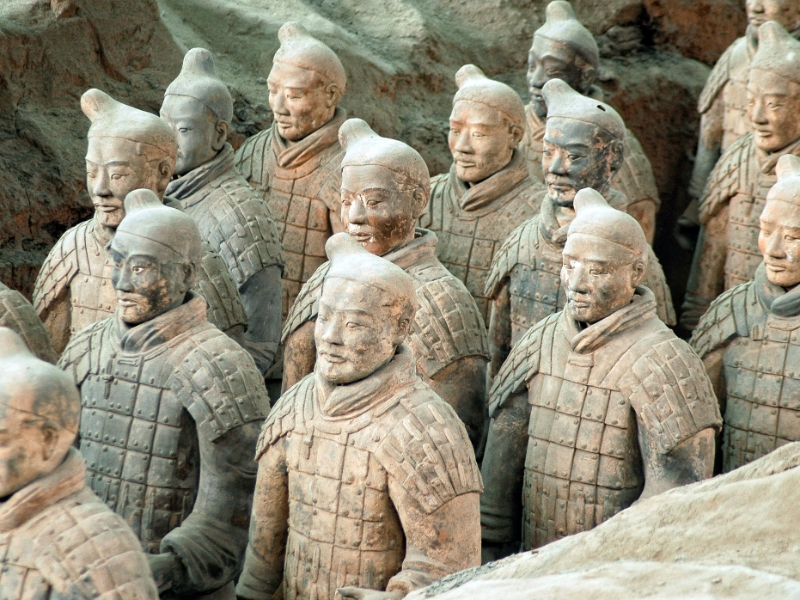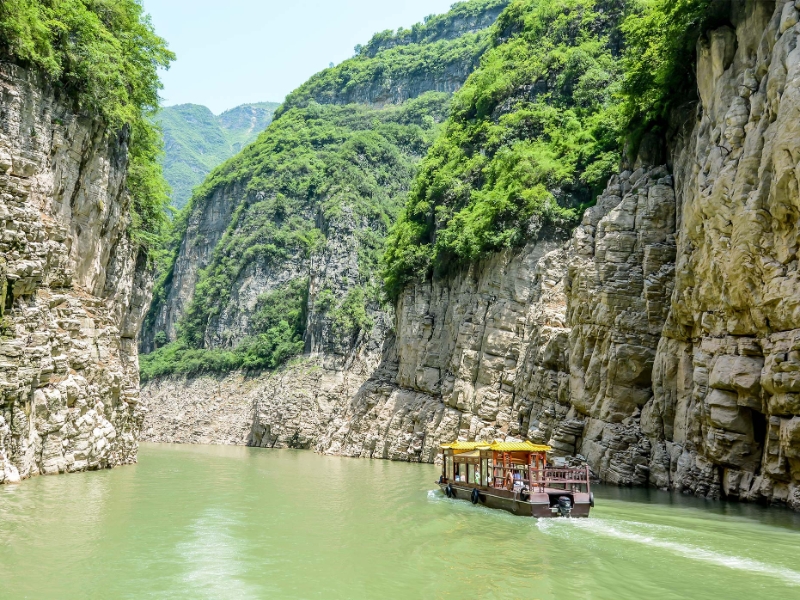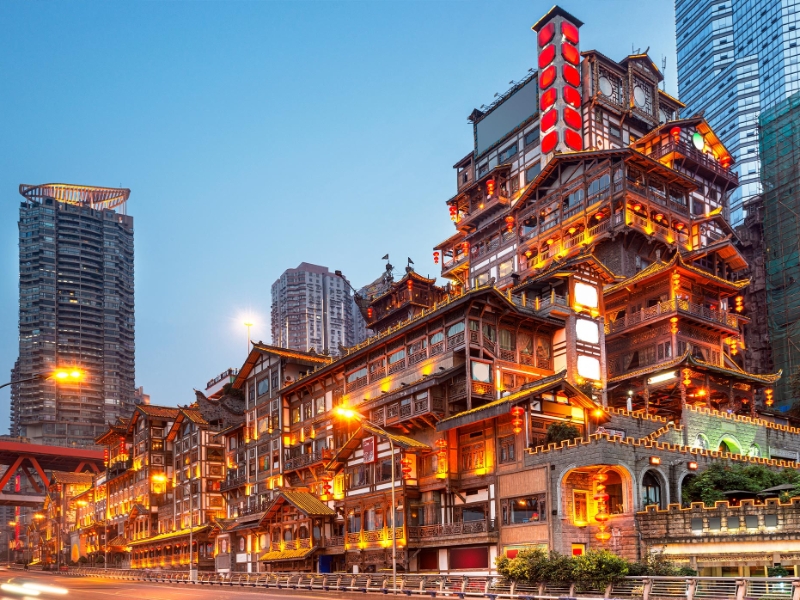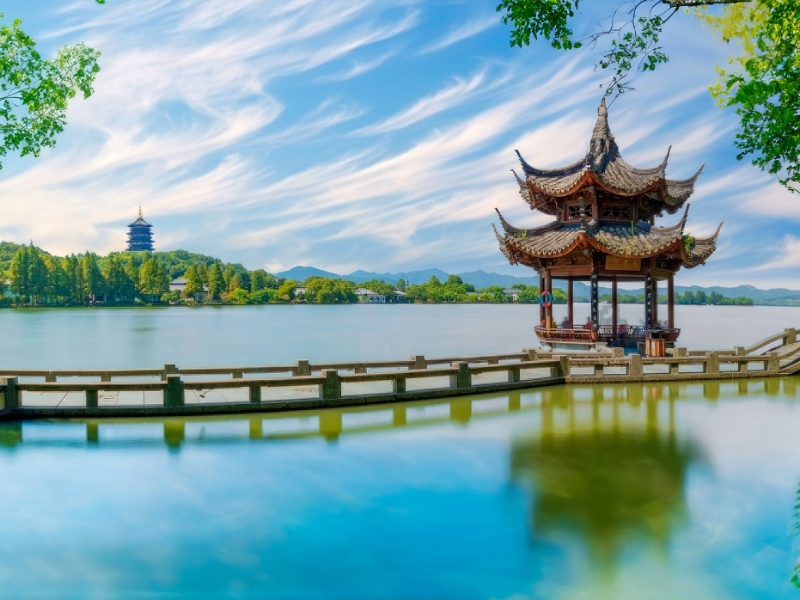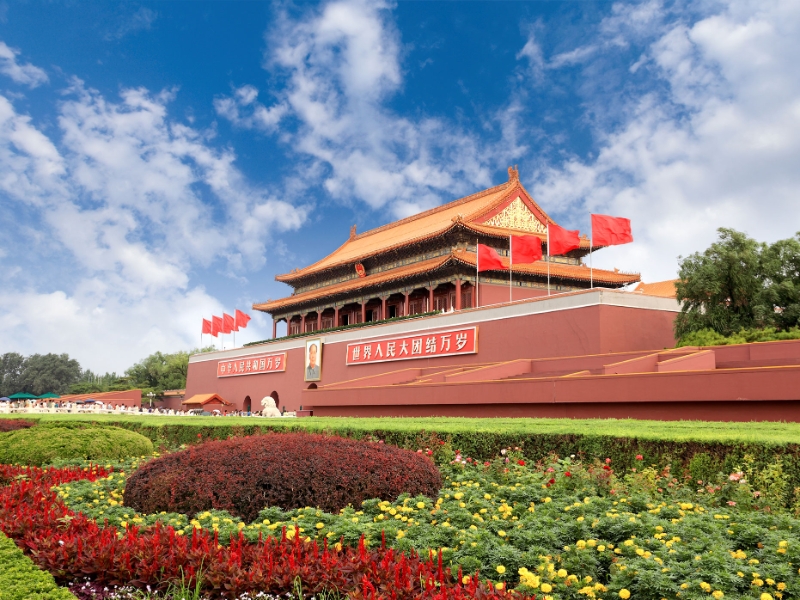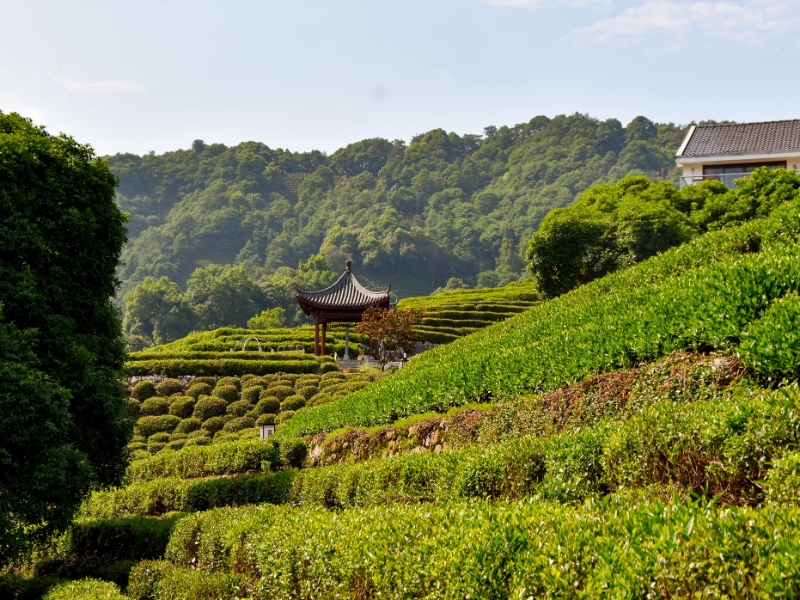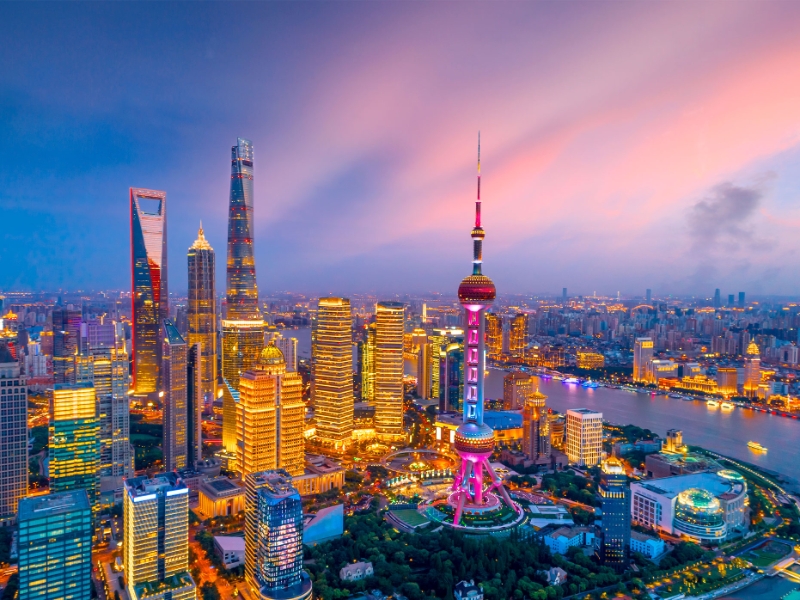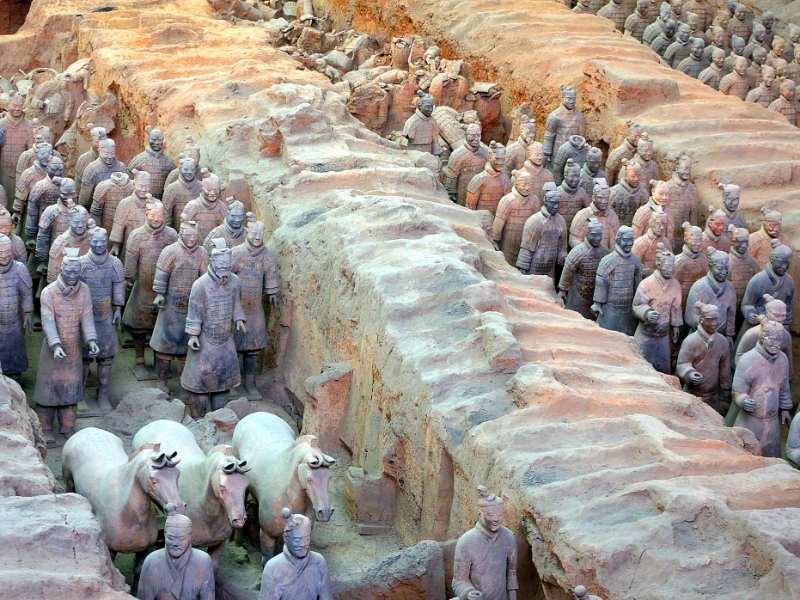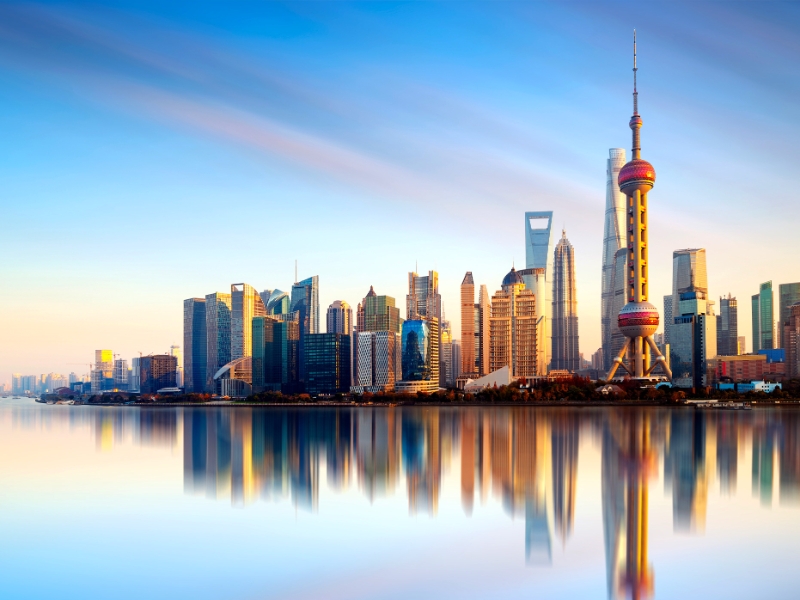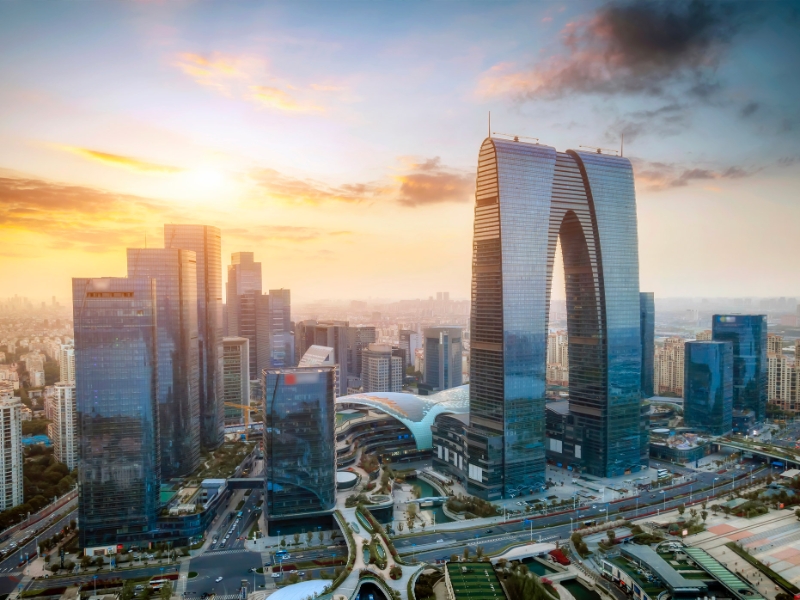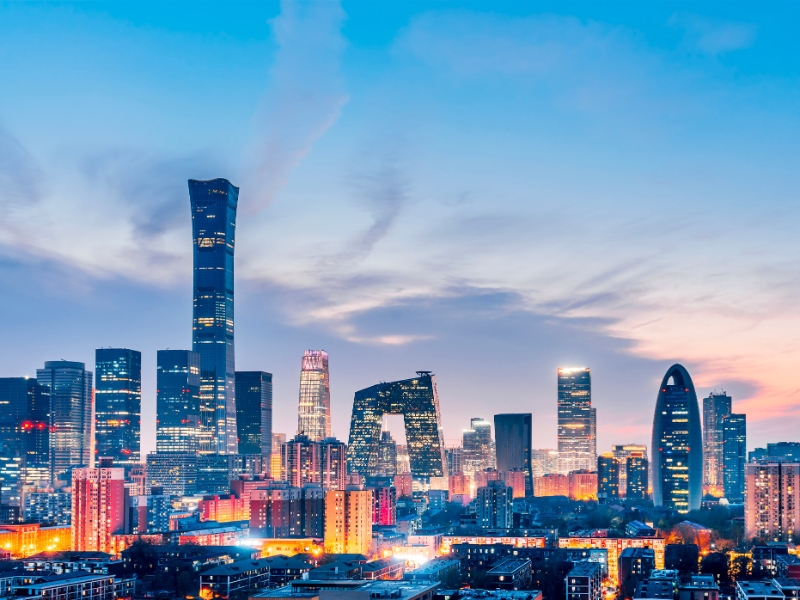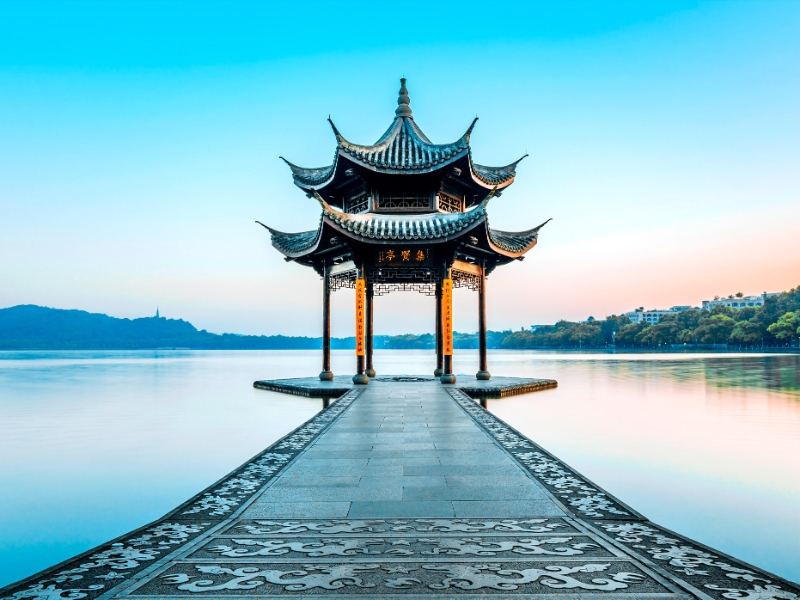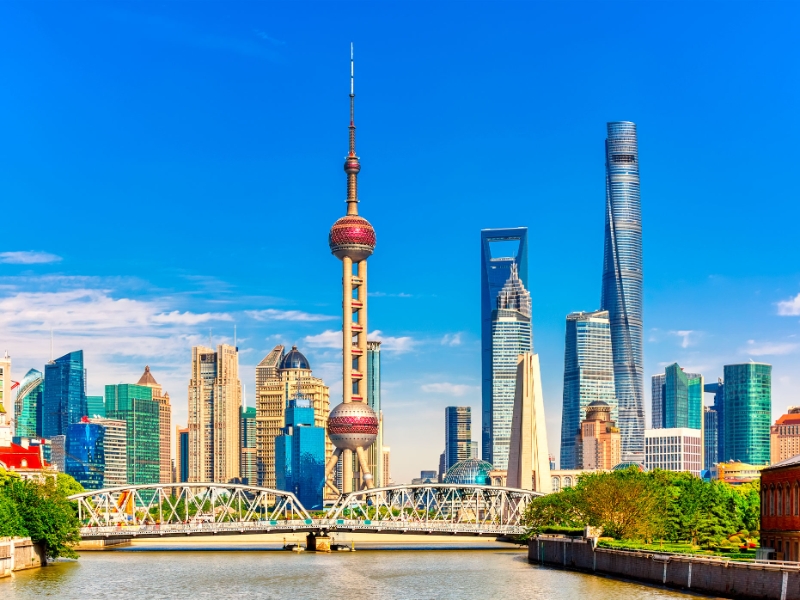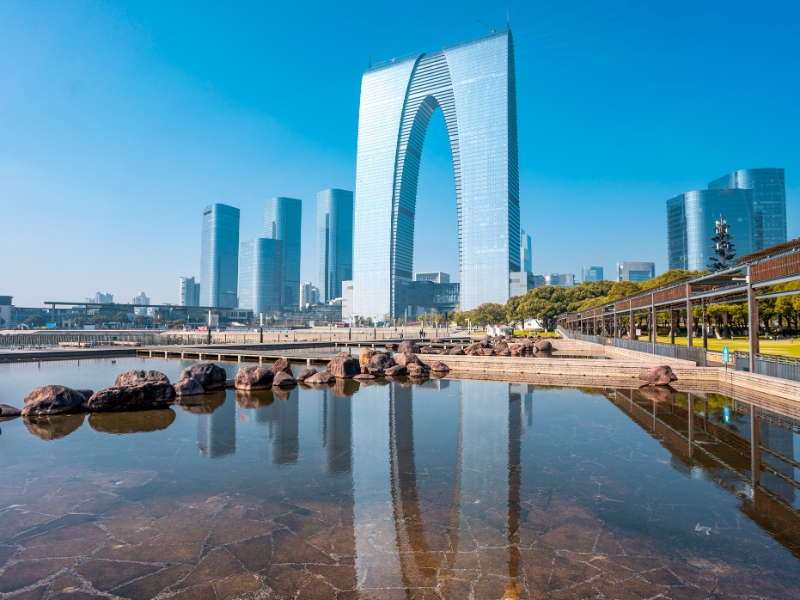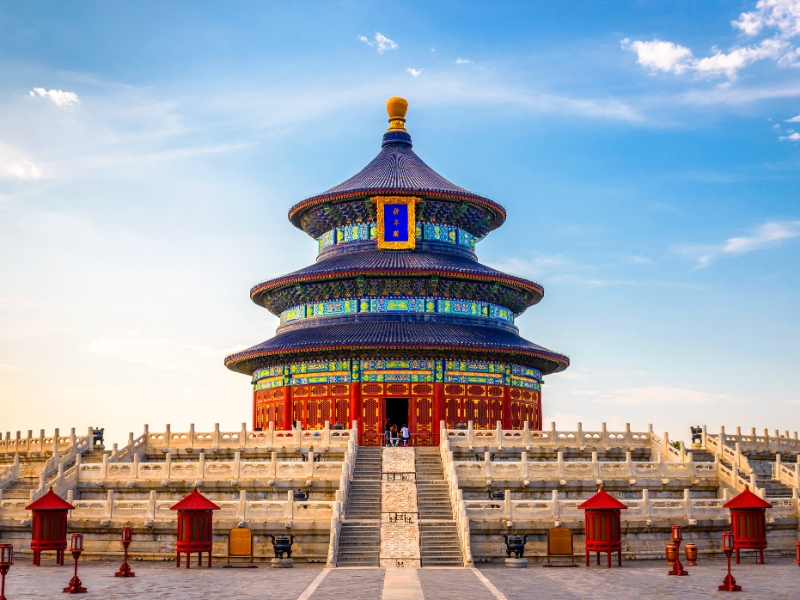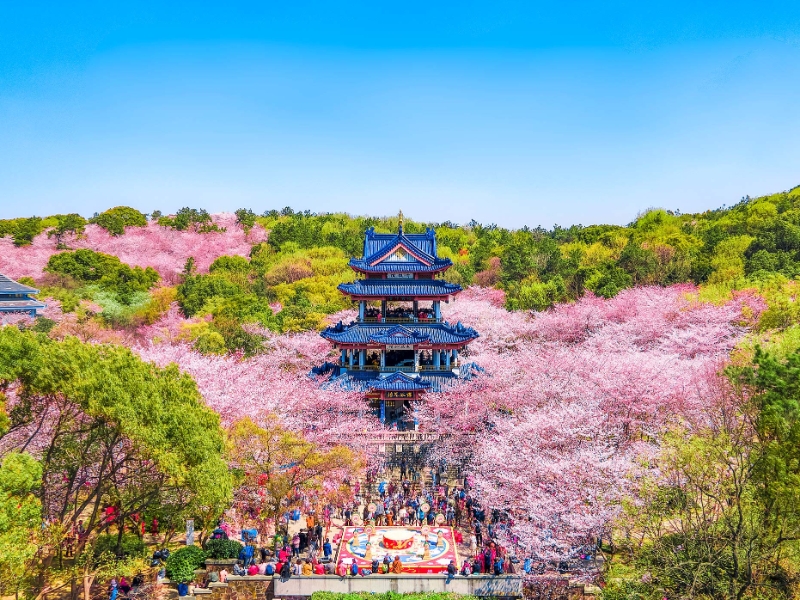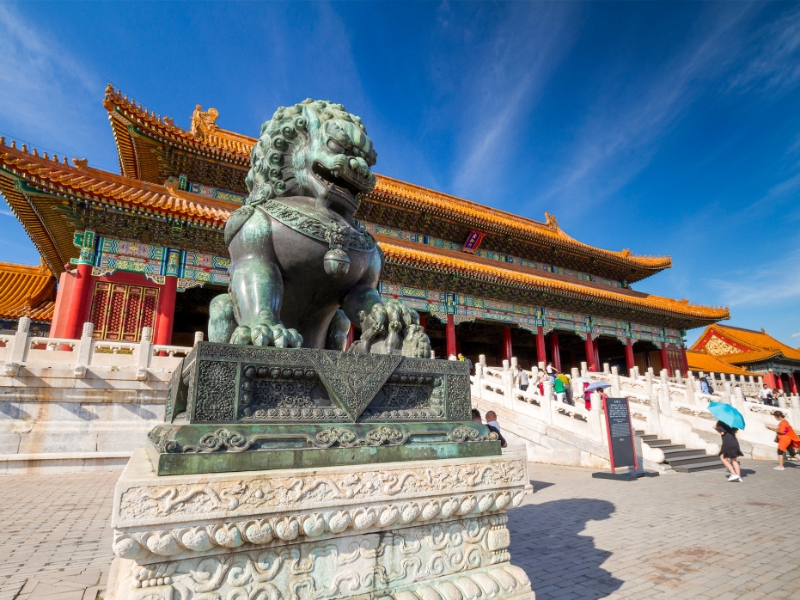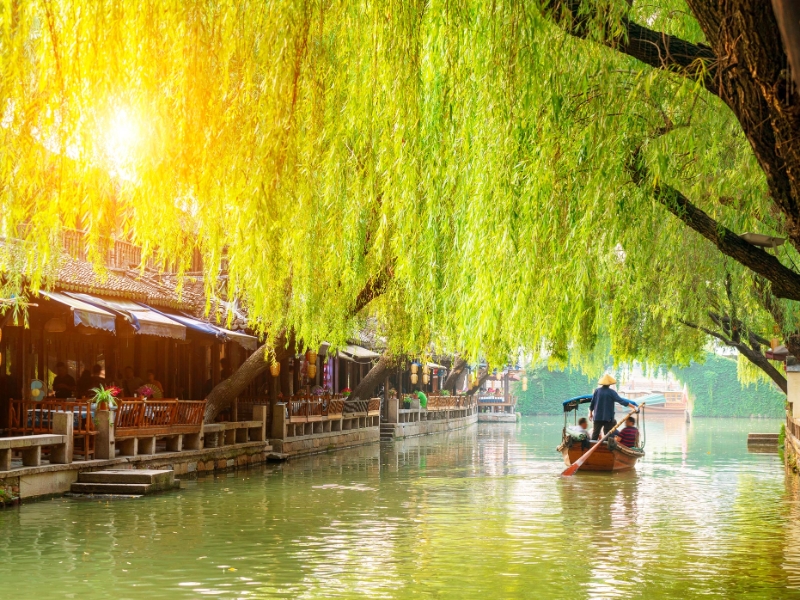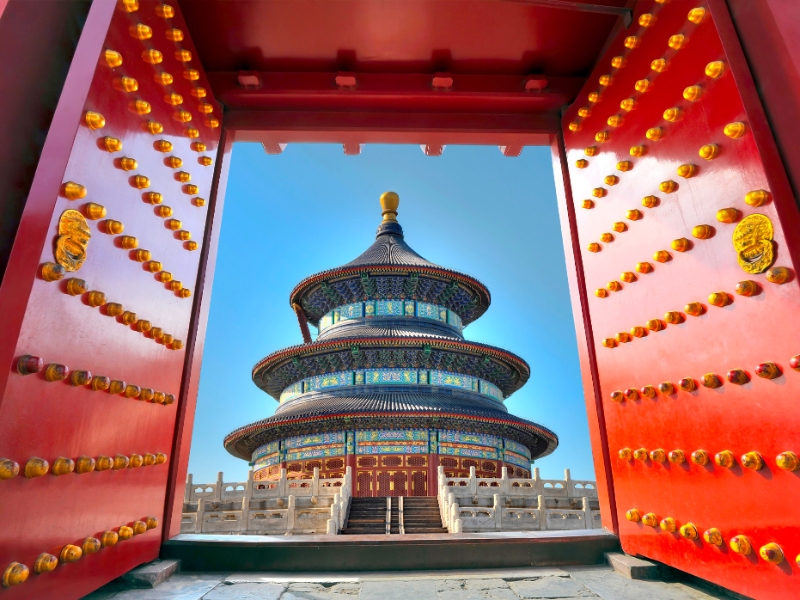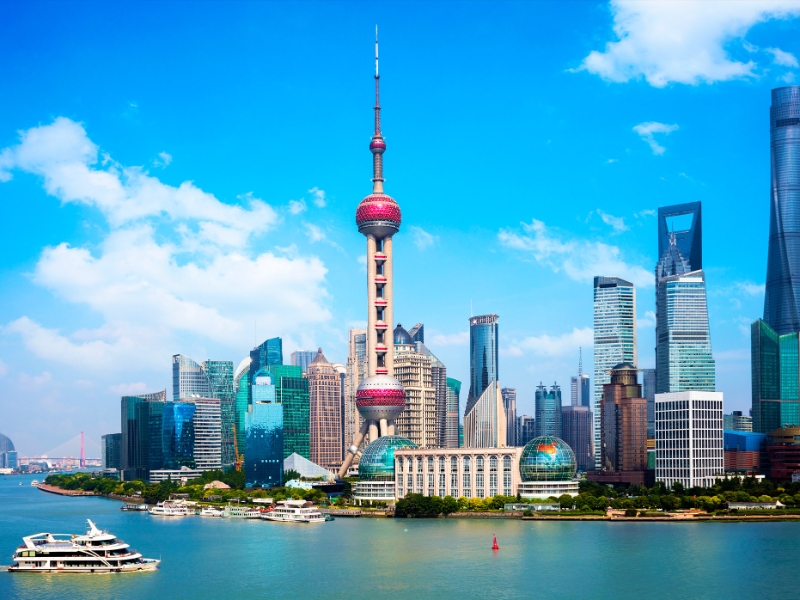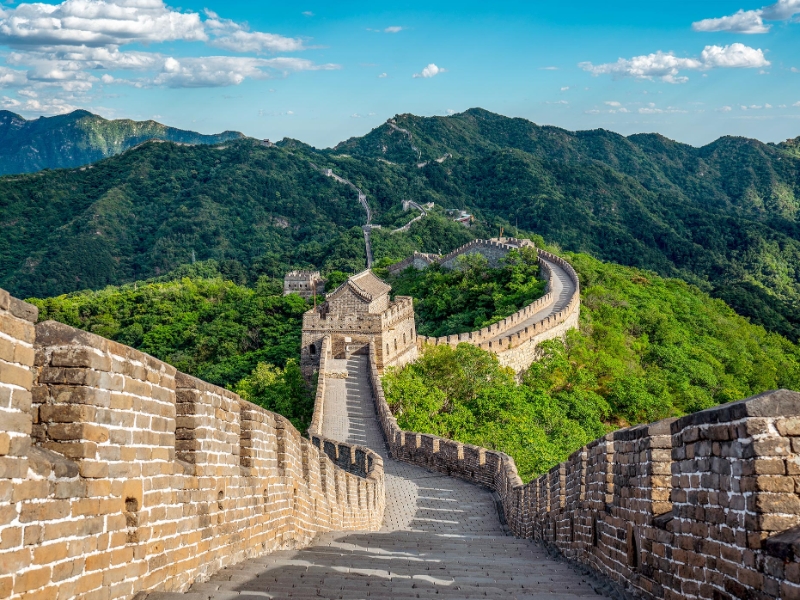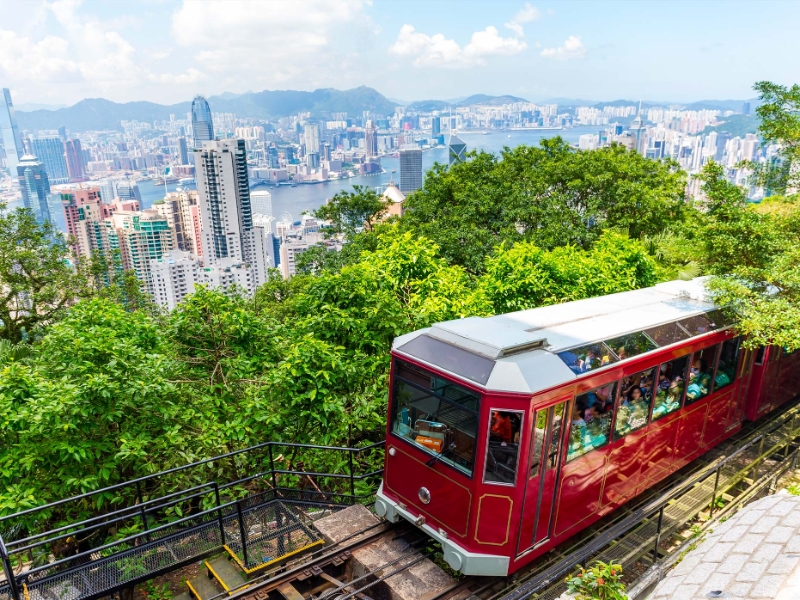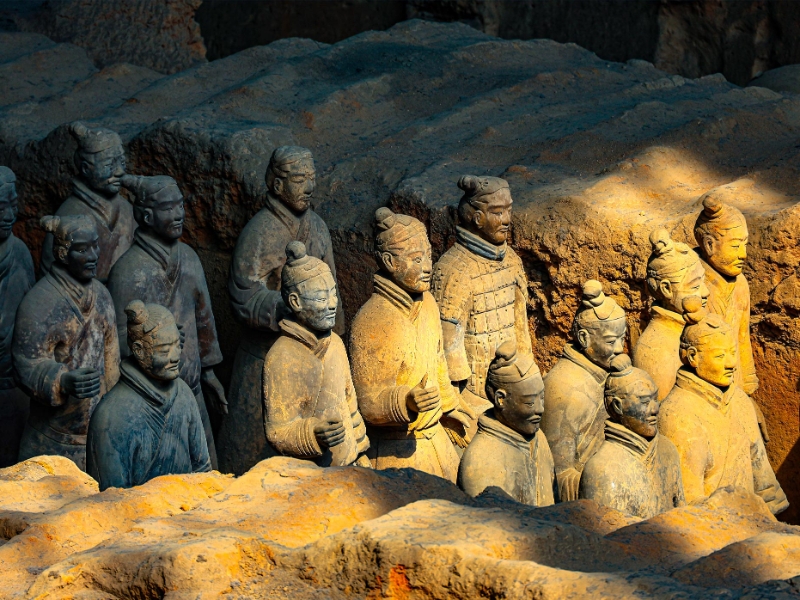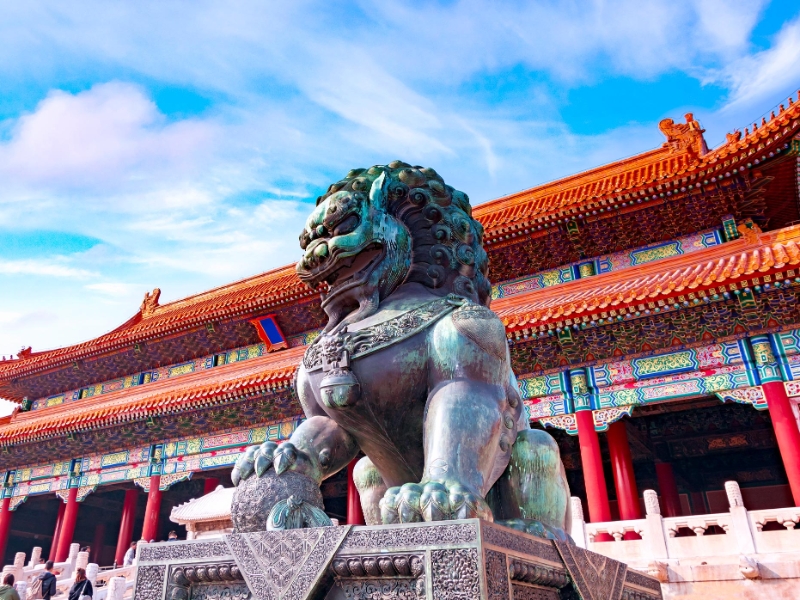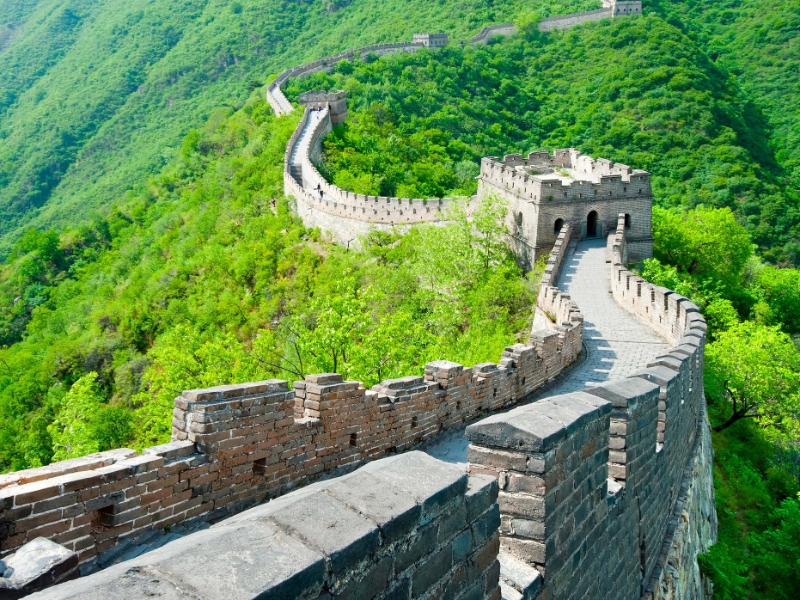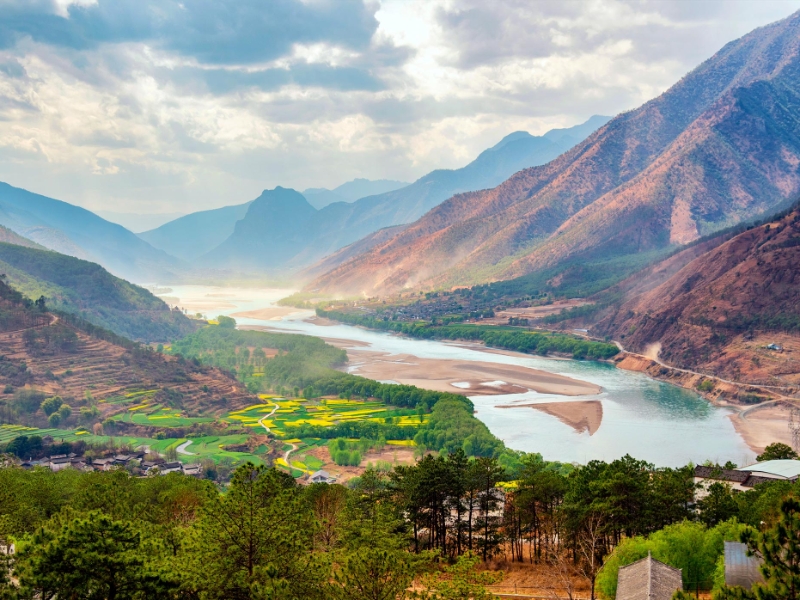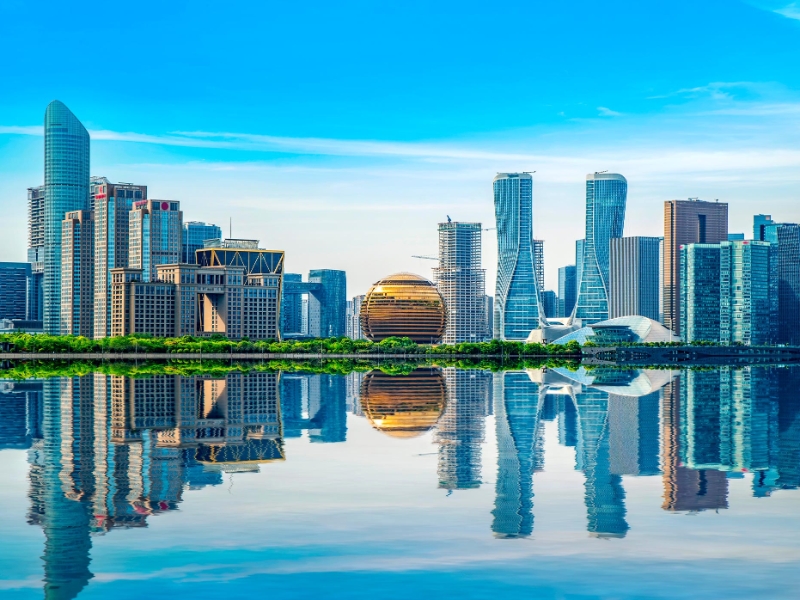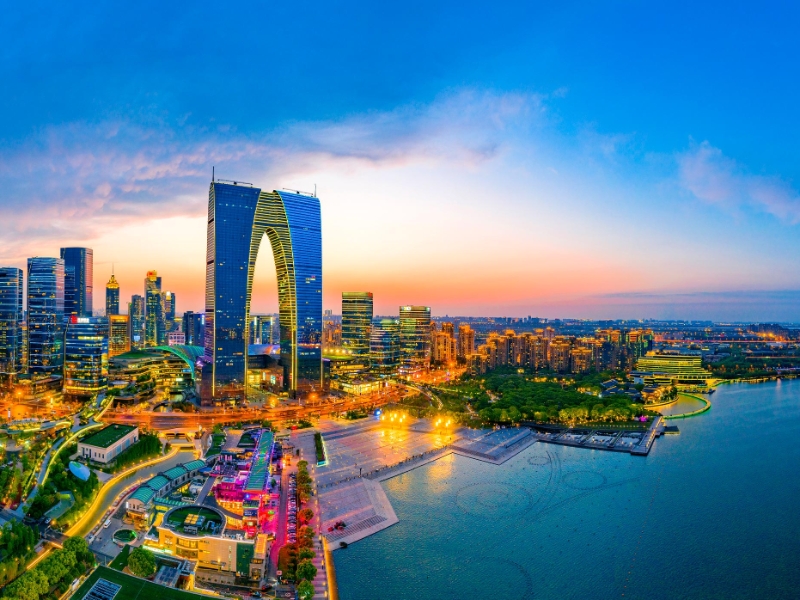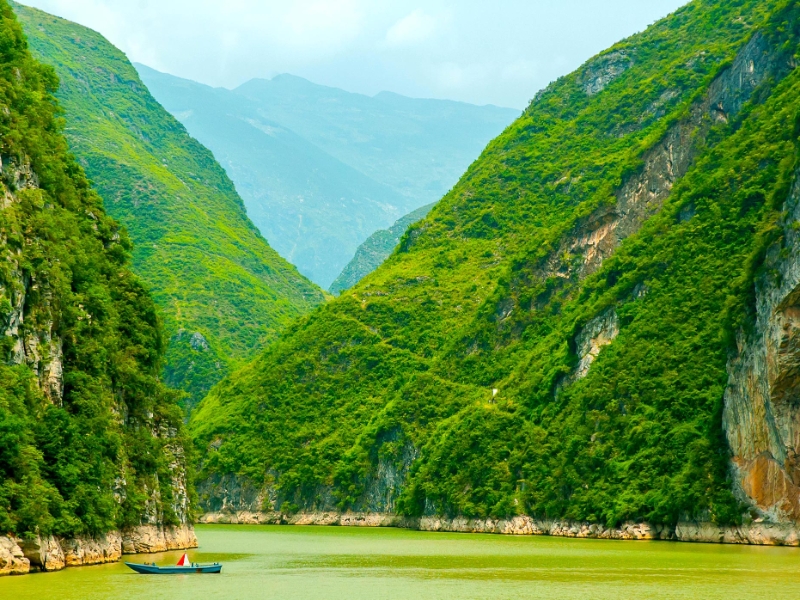Many years ago, this magnificent metropolis was known as the Paris of the East, but the Shanghai of today has grown out of that nickname with its towering neon skyscrapers, unique architecture, and sprawling waterfront. Treat yourself to shopping along Nanjing Road, walk along the water at the Bund, or enjoy the nightlife in Xintiandi. No matter the traveller, Shanghai offers something for everyone to enjoy.
Experience our Shanghai tour packages
Visit Shanghai: get started
Feeling inspired for your very own tour of Shanghai? You’ll find no shortage of things to do here once you’ve booked your Shanghai hotel. Start your trip with the Shanghai Tower and get a panoramic view of the city from one of the world’s tallest buildings, then head to the Bund and walk along the historic waterfront as you enjoy the architecture of yesterday’s Europe, today’s China and tomorrow’s Shanghai. As you wind down from the excitements of the city, immerse yourself in the natural peace of the Yu Gardens, built in 1559 during the Ming Dynasty.
Shanghai travel guide
Destination facts
Language
Mandarin and Shanghainese, though many people can speak English.
When to visit
Wondering when the best time to visit Shanghai is? Spring and Autumn offer the smallest crowds with pleasant weather and floral scents. For the lowest prices, we recommend avoiding travel during holiday seasons like the Mid-Autumn Festival, or Chinese New Year.
What to bring back
Silk products as the city is renowned for the quality of its silk, handmade chopsticks, calligraphy pieces, vintage clothing, jade figures and jewelry, and shikumen inspired bags or gift boxes.
What to eat
For breakfast: cifantuan, a dish made from youtiao (fried breadsticks) stuffed in glutinous rice. For lunch: xiaolongbao, or soup dumplings stuffed with meat or crab. For dinner: hongshaorou, a deliciously tender pork belly braised in soy sauce low and slow. For dessert: tangyuan, glutinous rice balls served in hot broth or syrup stuffed with black sesame paste, fruit preserves, or plain.
Fun fact
Shanghai features an eclectic combination of architectures from around the world, thanks to the enormous influence of Western nations during the 1800s. The waterfront Bund area features numerous buildings that once housed dignitaries and consulates from nations like France, the U.S., Russia, Germany, Belgium and many more, with architecture to match. This led to the creation of a unique style known as shikumen, which combines traditional Chinese architecture with western elements.
Important info
For more information on all necessary travel documents and more, check Air Canada’s Travel Requirements page and the Government of Canada’s Travel and Tourism website.



